Europe's spectacular natural heritage
UNESCO World Heritage Sites aren't all about man-made monuments: they include lakes, mountains, glaciers, forests, valleys and volcanoes, all of them magnificent in their own way. Here we invite you to take a photo tour of some of the most spectacular natural sights across Europe.
Dramatic mountains – the vast Durmitor massif in the eponymous national park in northwestern Montenegro, the volcanic mass of Mount Teide, and the dramatic Dolomites in the Italian Alps where green wooded valleys and meadows are set off agains the bare rocks of the mountains; ancient forests and woodlands – the laurisilva of Madeira, the beech woods of the Carpathians and the primal forest of Poland; fantastic rock formations and sculptures carved by the elements and the slow movement of the earth's crust; areas of rivers, lakes and waterfalls... All the vast range of geological and natural scenery and the enormous biodiversity of flora and fauna that it supports is reason to celebrate Europe's natural heritage. Here we have a selection of photos of some of the places classed as World Heritage Sites by UNESCO.Use the left and right arrow keys to view the images
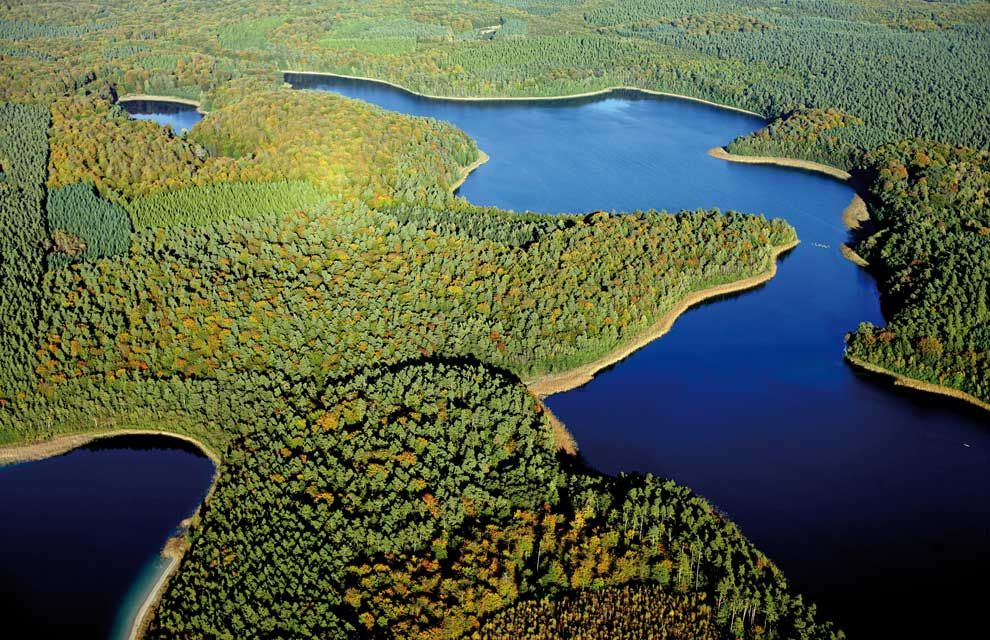
The Primeval Beech
Forests of the Carpathians and the Ancient Beech Forests of Germany
total an area of almost 30,000 hectares, over 4,000 of which are in
Germany / German Tourist Board
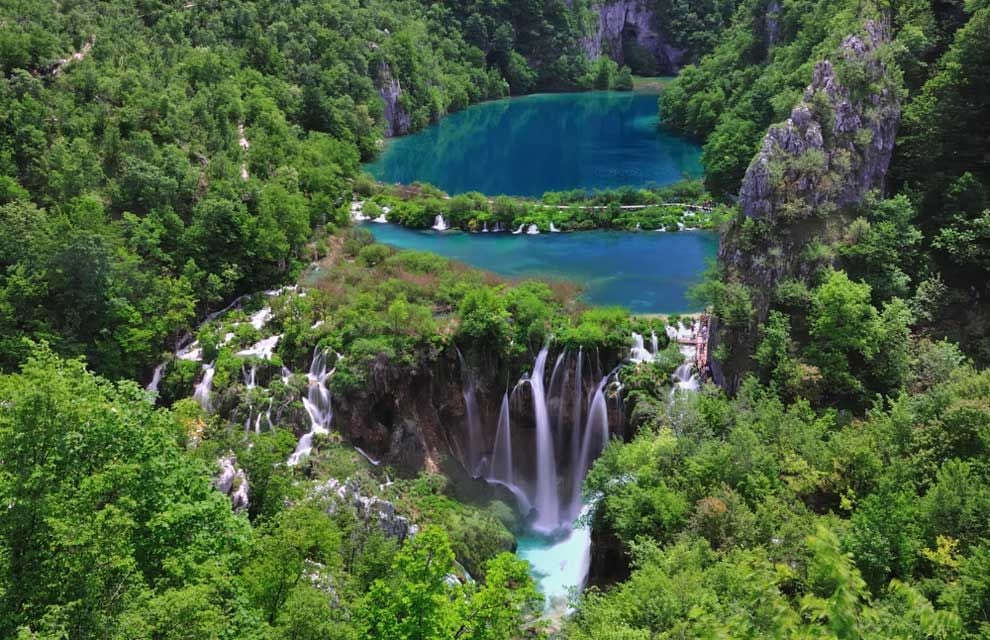
The Plitvice Lakes
National Park is the best known in Croatia, where a veritable paradise
of green water flows between 16 interconnected lakes and around a
hundred waterfalls. The thick forests of beech, fir and pine are home to
bears, wolves and many rare bird species / Croatian Tourist Board

At 3,718 metres,
the Teide volcano on the island of Tenerife is the world's third-tallest
volcano, and those who have stood at the crater say the experience is
like touching the sky / © Tenerife Tourist Board
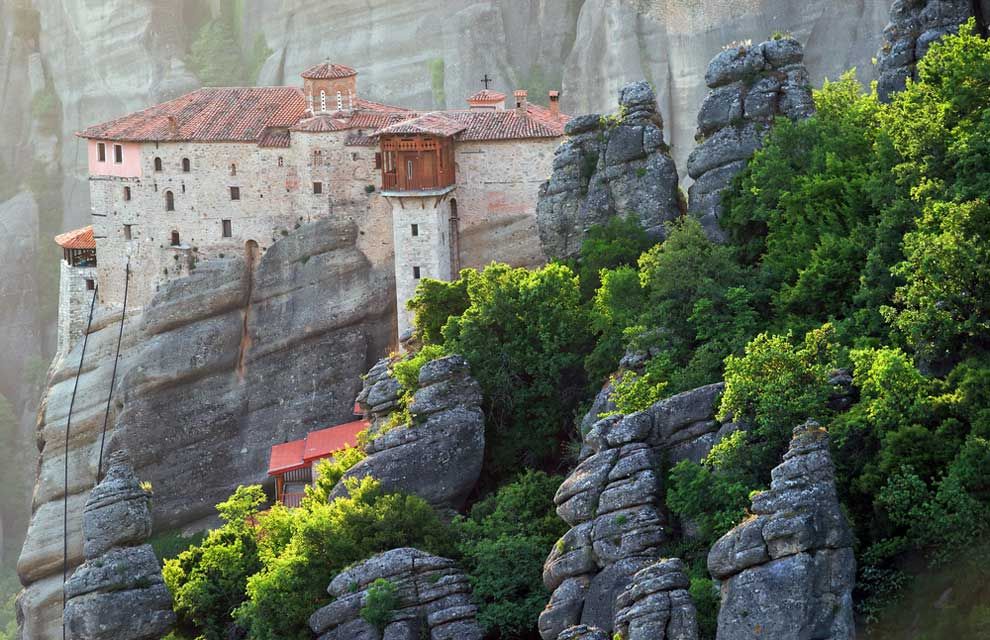
Meteora –
'suspended in the air' – is the perfect name for these rock pinnacles of
sandstone that rise over the Peneas valley and the Thessalian plain.
The orthodox monasteries perched atop the natural columns date from the
fourteenth century and transform a natural wonder into a unique artistic
achievement / Greek Tourist Board
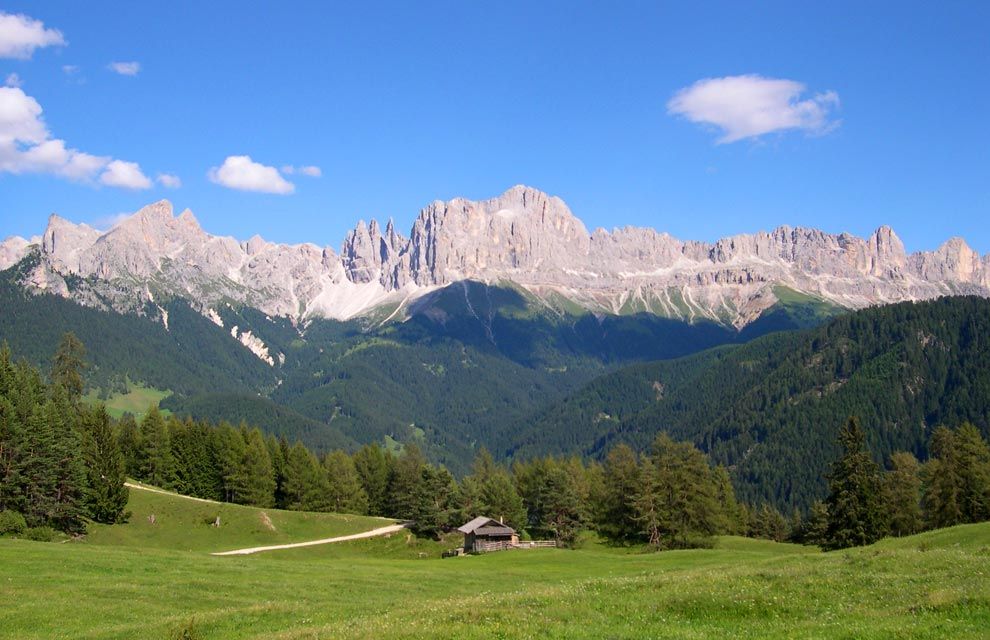
The vertical walls,
sheer cliffs and narrow, deep, long valleys of the Dolomites in the
northern Italian Alps present a diversity of exceptional landscapes
where natural pinnacles, spires and towers sculpted from the pale rock
rise in dramatic contrast above the forests and meadowland below
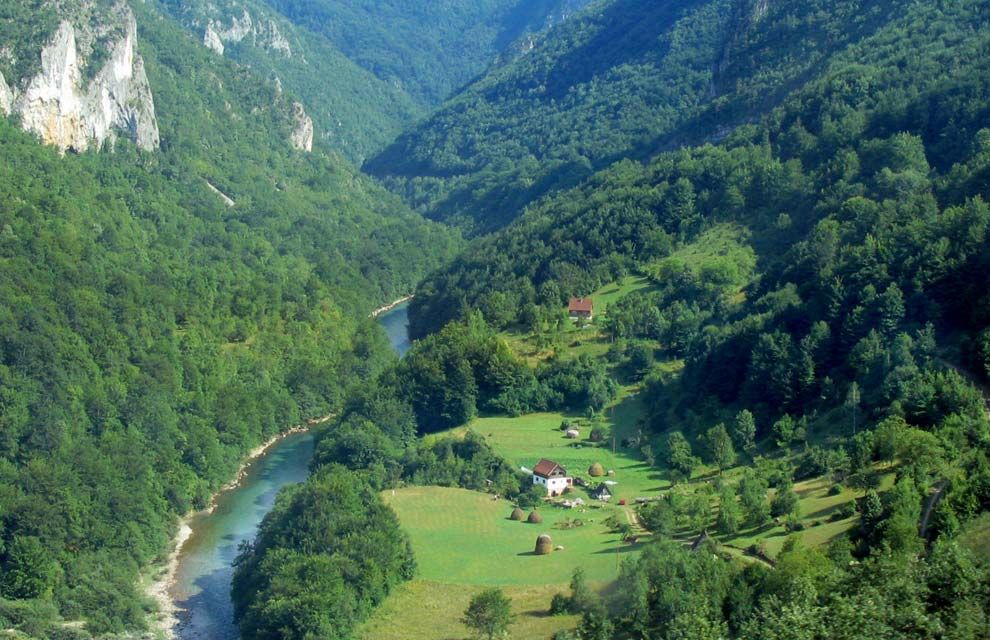
Crossed by multiple
rivers and underground streams, the Durmitor National Park in
Montenegro boasts clear lakes and dense pine forests. With both
Mediterranean and alpine microclimates, the area is home to an
exceptional range of wildlife
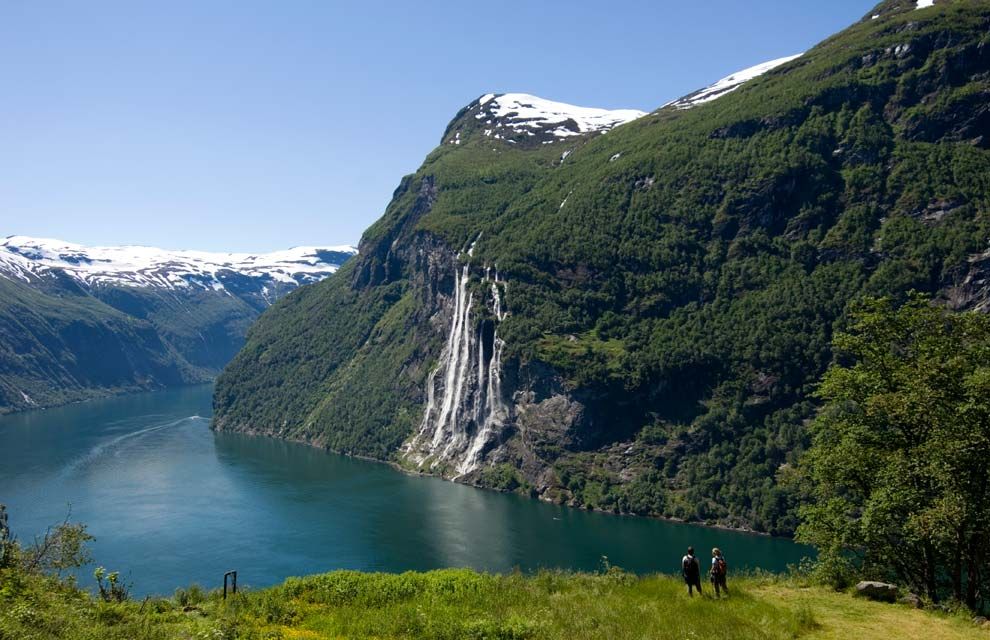
A cruise on the
West Norwegian Fjords Geirangerfjord and Naeroyfjord will show you
snow-capped peaks, waterfalls and almost sheer crystalline rock walls
with ancient farmsteads perched on the slopes / Norwegian Tourist Board
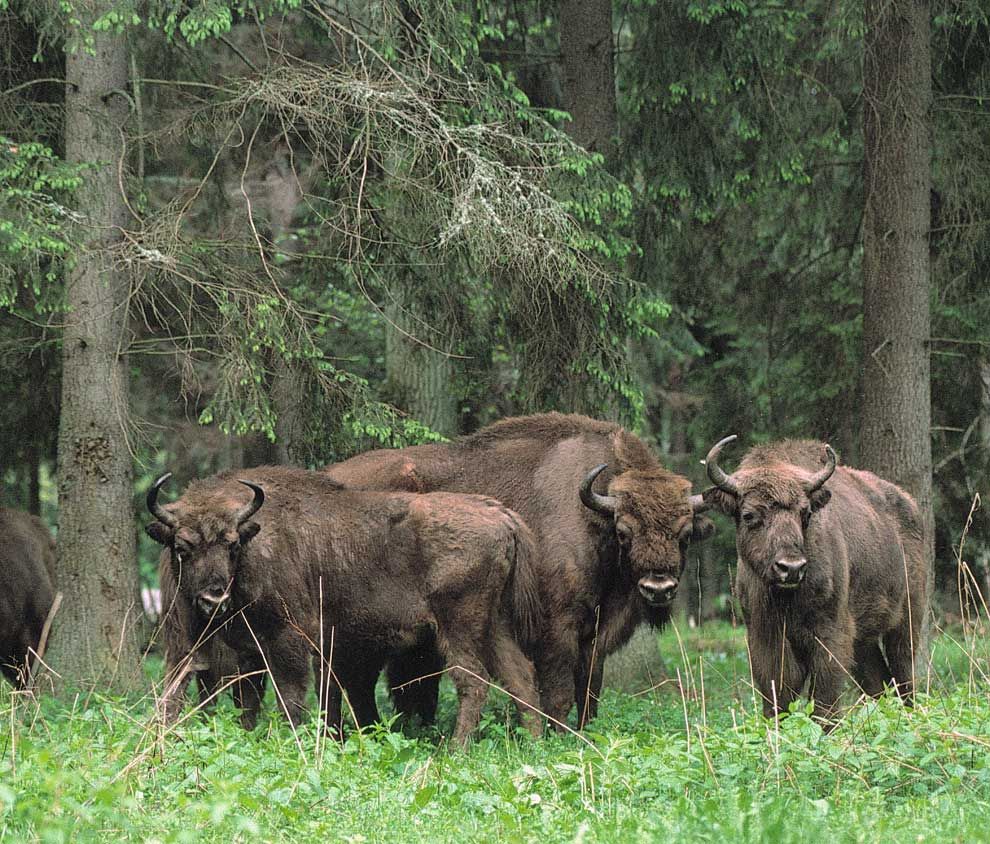
Dating back to 8000
BC, Poland's Bialowieza Forest is the only remaining example of the
original forests that once covered much of Europe. Many large mammals
live here, including wolves and lynx, as well as some 300 European Bison
which have been re-introduced into the protected area / Polish Tourist
Board
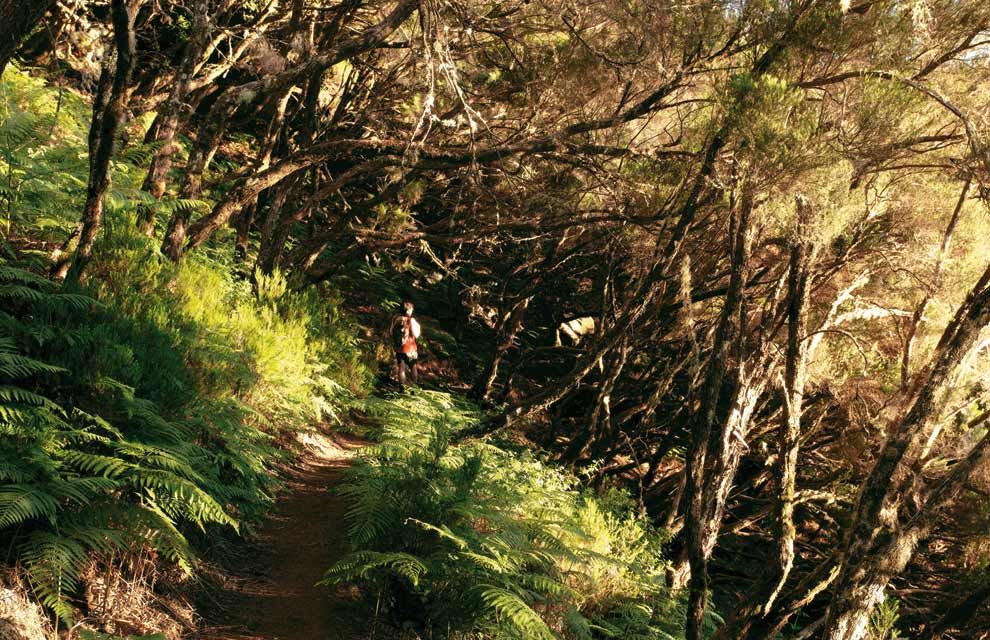
The Laurisilva of
Madeira – the laurel forest - is located on the main island. Its size
and quality make it a valuable relict of this previously widespread
forest type which is now virtually extinct / Portuguese Tourist Board
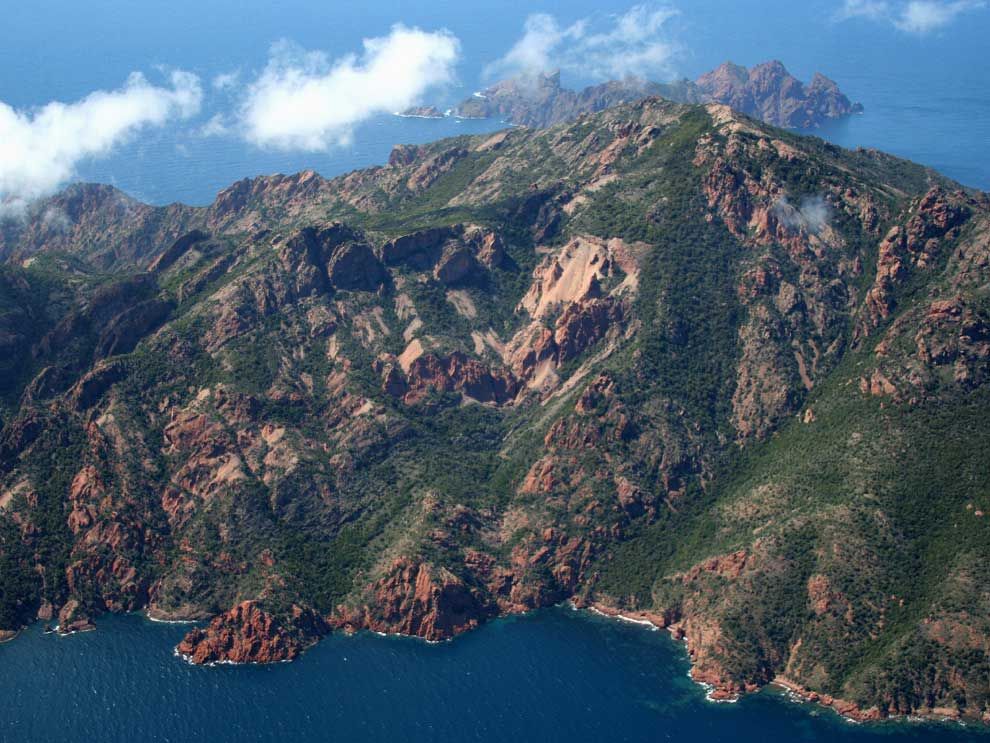
On the western
coast of Corsica, the translucent waters of the Gulf of Porto, along
with the calanche of Piana, Gulf of Girolata and the Scandola Reserve,
are home to a rich marine life, and gulls, cormorants and sea eagles
nest here / French Tourist Board
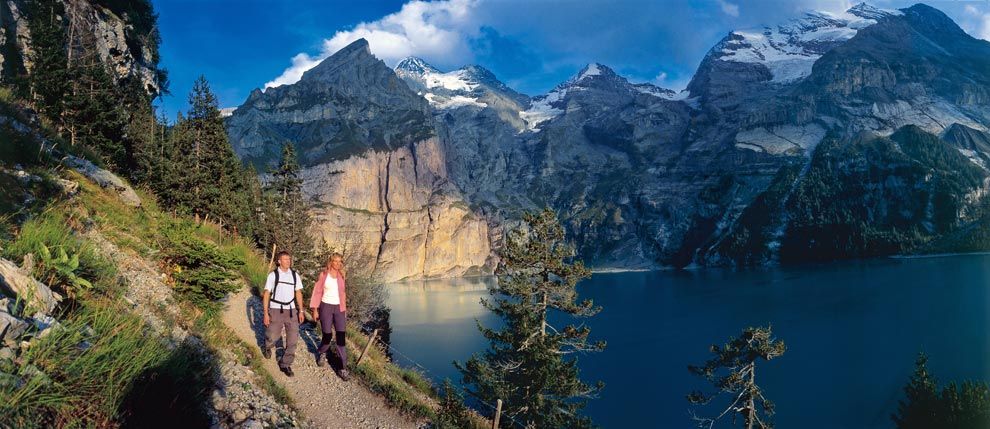
The dramatic
mountains, valleys and glacial landscape of Jungfrau - Aletsch -
Bietschhorn in the Swiss Alps includes the largest glacier in Eurasia /
Swiss Tourist Board
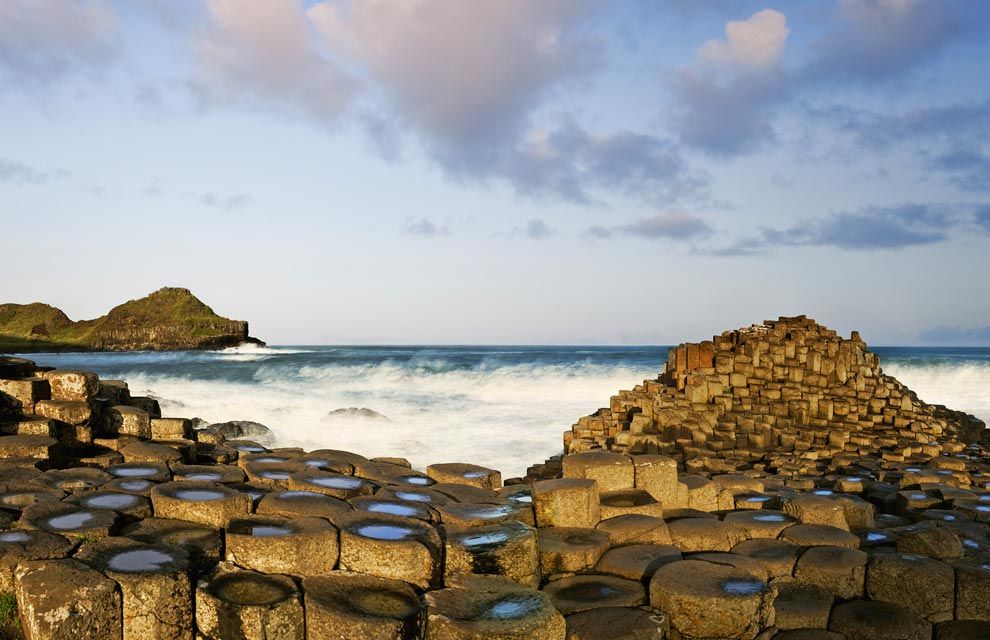
The Giant's
Causeway, on the coast of County Antrim, Northern Ireland, comprising
some 40,000 polygonal basalt columns averaging 45 cm in diameter, has
given rise to many tales and legends / British Tourist Board
No comments:
Post a Comment